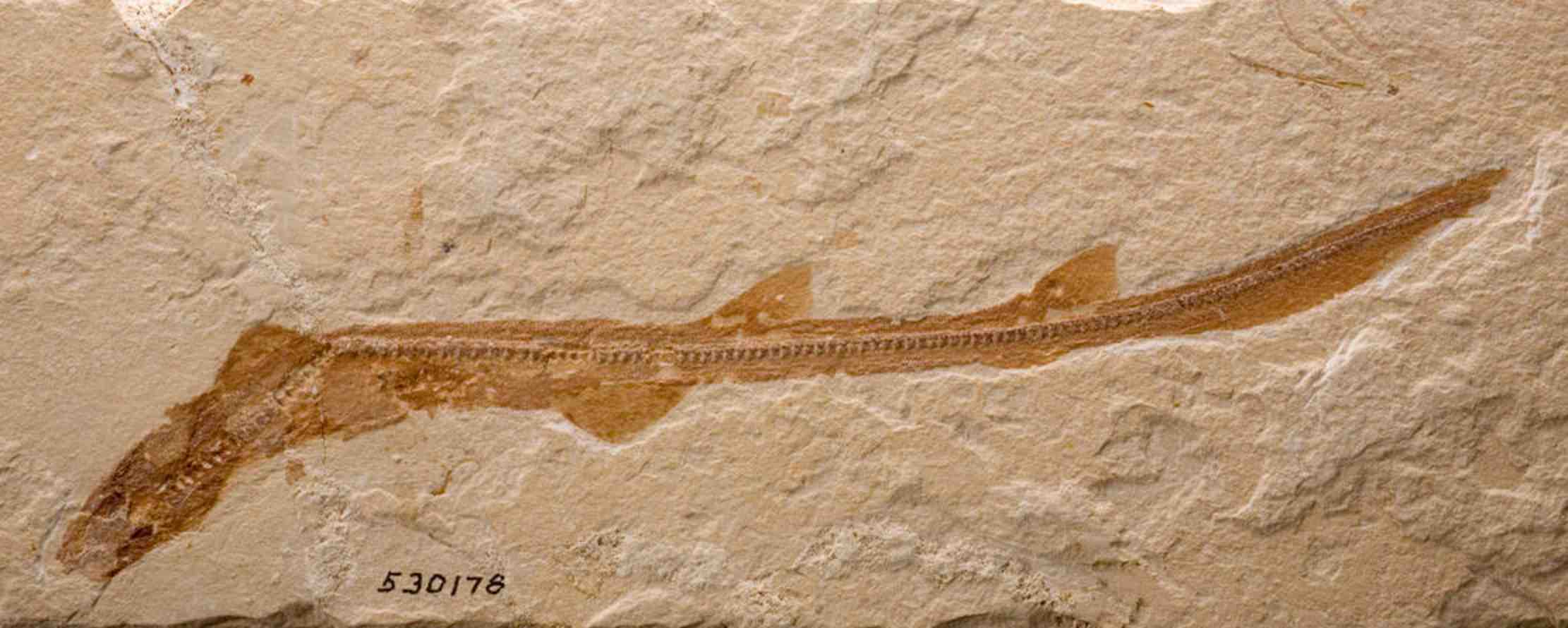Bamboo is a woody grass with more than 1,400 species growing naturally on five continents. It has been flourishing in a wide range of habitats since the late Cretaceous period, roughly 100-66 million years ago. So that makes bamboo as old as the dinosaurs. Only a few other plants and animals have survived on earth for that long. I’m thinking of ginkgo trees and sharks. And that brings us to the intriguing topic of bamboo sharks.
Bamboo sharks belong to Hemiscylliidae, a family of small sharks that includes two genera and a total of 16 species. In the order Orectolobiformes, bamboo sharks are closely related to carpet sharks, whale sharks and zebra sharks. They are native to the tropical waters of the Indo-Pacific Ocean, especially common in the more shallow regions. Not very aggressive, they can also be kept as pets. Unlike other creatures with bamboo in their names, these sharks don’t feed on bamboo. Instead, they get their name from the size and shape of their long, slender tails.
This is part of an ongoing series about bamboo and exotic wildlife. Bamboo is a vital component in a wide variety of ecosystems around the world. Many species of animal depend on bamboo for food or shelter, or else they’ve earned some kind of bamboo nickname for other reasons. To learn more, check out some of these interesting articles.
Classification of bamboo sharks
All sharks belong to the class Chondrichthyes, which includes all cartilaginous fishes, as opposed to bony fishes of the class Osteichthyes. Hundreds of shark species belong in this class, as well as a wide range of rays and chimaeras.
As with bamboo, the diversity of shark species can be pretty astonishing to the non-specialist. Marine biologists recognize nine different orders of sharks, to distinguish ground sharks, mackerel sharks, bullhead sharks, angel sharks, and a panoply of others, both living and extinct.
Bamboo sharks belong to the order of carpet sharks, Orectolobiformes. These sharks often have very intricate and complex colors and patterns, somewhat suggestive of an oriental carpet. They are also known to dwell in that part of the world, the Indo-Pacific.

Biologists further divide this order into families, placing bamboo sharks in the family Hemiscylliidae. And this family has two genera. The seven shark species in the genus Chiloscyllium are commonly called bamboo sharks. The other nine, in the genus Hemiscyllium, are usually referred to as different types of carpet sharks.
Characteristics of bamboo sharks
Bamboo sharks of the genus Chiloscyllium have longer snouts and a small mouth closer to the eyes. They swim primarily in the shallow waters of the Indo-Pacific. Various species include Burmese bamboo sharks, grey bamboo sharks, white-spotted bamboo sharks, and brown-banded bamboo sharks.
Sharks of the genus Hemiscyllium have shorter snouts, with the mouth closer to the snout. Their eyes also tend to be more elevated. They are sometimes called walking sharks, or carpet sharks. Marine biologists consider them to be the newest genus of sharks, in terms of biological evolution.
Something bamboo sharks and carpet sharks have in common is their overall shape. The tails are long and narrow, usually longer than the rest of the body. Being native to the waters of Southeast Asia and having this elongated shape, these colorful predators inevitably earned the name bamboo shark.
These sharks are also relatively small, only about 3 to 4 feet in length.
Bamboo sharks as pets
Bamboo enthusiasts in search of new and exotic species may want to add this one to their list!
Because of their small size and calm disposition, bamboo sharks are one of the most common sharks to keep as pets. The brown-banded bamboo shark (Chiloscyllium punctatum), with its distinct markings, is especially popular. It’s not unusual to find this species in a public aquarium. They can often live up to 25 years.
They are not particularly aggressive, but they are sharks after all. So if you want to keep a bamboo shark in a fish tank, be sure that its companions are capable of defending themselves. Smaller fishes or crustaceans in the same tank may get bullied or eaten.
Bamboo sharks have a habit of burrowing into the sand. In nature, this is how they do their hunting, usually at night. In captivity, or in an aquarium, this behavior can be problematic.
The bamboo shark’s diet
Unlike the bamboo partridges of China or the bamboo lemur of Madagascar, bamboo is not a part of this shark’s diet. Like all sharks, they are carnivorous predators. But don’t worry, these small hunters can subsist on little invertebrates like crab and shrimp. Once in a while, they’ll eat a small fish.
If you’re keeping one for a pet, you can feed your bamboo shark two or three times a week. A diet of shrimp, scallop, squid and marine fish will keep them happy and content.
Naturally curious?
Are you fascinated by nature, wildlife and all things bamboo, and curious to learn more? Check out some of our other educational and entertaining articles.

























